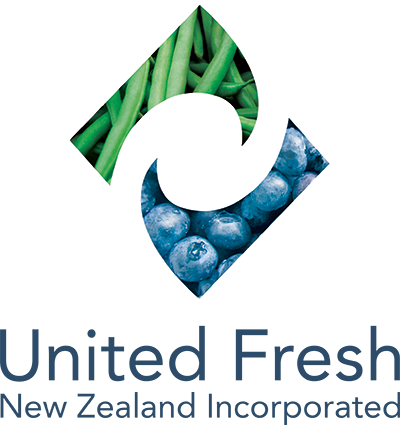Situation and Outlook for Primary Industries – June 2023
31st July 2023
Situation and Outlook for Primary Industries – June 2023
The Situation and Outlook for Primary Industries report (“the report”) from the Ministry of Primary Industries (MPI) is a series of reports intended to analyse the performance of primary industries, and forecast how they will perform over the next 2-5 years. They give a broad overview of the major primary industry sectors, including horticulture, as well as dairy, meat, wool, forestry, processed food, and other primary industries. The most recent release of this report was published in June 2023.
It is important to note that the statistics in these reports include wine as a horticultural product. This means that to consider the statistics for only fresh produce, the values for wine must be subtracted from the total horticultural figures. Fresh Facts 2023, the annual fresh produce statistics resource due to be released in September this year, will no longer include wine or honey, so as to more clearly show the data for the fresh produce industry only.
The focus of these reports are on export products and markets, so it is not directly suitable for gathering information on the New Zealand domestic market.
The reports give a financial summary of the recent behaviour of export markets, as well as future forecasts. It also gives suggestions for future directions for the industry to take to ensure steady growth.
In the most recent report, horticultural export revenue (including wine and honey) is expected to rise 2% to $6.9 billion for the year to 30 June 2023. Total export value is forecast to increase, reaching $8.6 billion by 2027.
This edition includes a special feature on the impacts of Cyclone Gabrielle on primary industries, with an estimated total impact cost of $2-2.4 billion to the food and fibre sector.
Summaries of major fresh produce export products and markets:
- Apples and pears: yields reduced to a 15-year low, due to recent adverse weather events. Exports for 2023 are expected to be 15% lower than 2022. Costly clearing, infrastructure replacement, and replanting mean unknown recovery timeframes, although production is expected to eventually recover. Key export markets are China, Vietnam and Taiwan.
- Kiwifruit: export revenue fell 3% to $2.6 billion in the year to 31 March 2023. Yields for the 2023/2024 season are predicted at 15% lower than the 2022/2023 season. Two consecutive low production years are expected to limit income, with grower revenue for the year to 30 June 2023 down 17%. Assuming yields return to long term averages, revenue is expected to grow in line with industry growth. The EU is the largest kiwifruit export market, closely followed by China and Japan.
- Avocado: export revenue was 3% lower in the year to 31 March 2023 at $77 million, compared to the 2021/2022 season. Cyclone and weather events have caused problems, with damaged trees, dropped fruit and lower fruit quality. An oversupply in the 2021/2022 season in Australia meant significantly reduced exports, as this was the primary destination for exported avocados. This continued in the 2022/2023 season, and is likely to remain the case for the 2023/2024 season.
- Cherries: exports were $84 million in 2022/2023, a 7% increase from $78 million the previous year. Extreme weather events led to a loss of trees and land, which may reduce supply and increase prices next summer for the domestic market. The greatest cyclone damage was in the Hawke’s Bay. Long-term impacts on the cherry industry in the area are not yet clear. Logistical and labour issues resulting from the pandemic have largely resolved. A strong export season was seen, with key markets being Taiwan, China and Vietnam.
- Fresh and processed vegetables: total export revenue is expected to reach $700 million for the year to 30 June 2023, a 14% increase on the previous year, despite a reduction in volume of most vegetable categories. Assuming average weather conditions, usual export vegetable volumes are expected to recover in the next two years. A key market for fresh and processed vegetable exports is Australia.
- Potatoes (fresh and processed) and onions: export prices for these crops in particular have increased significantly due to global shortages. Adverse weather events (flooding) meant that onion growers were unable to take full advantage of this, due to reduced yields. Onion growers are likely to seek increased access to the Asian market, which has continued to provide potential for growth.
- Squash: export production areas were heavily impacted by the cyclone and growers there may be reviewing their planting programmes to select higher profit crops to ensure better cashflow in their recovery efforts over the next few years.
Looking to the future of the industry, the June 2023 report emphasises the growing importance of hyper-transparency, where traceability information is extended to the consumer, allowing them more knowledge about the product and the ability to verify any claims the label makes.
This report also highlights sustainable finance, which means considering environmental, social and governance issues when making investment decisions. Having consideration for these factors leads to more long-term investment in sustainable economic activities.
Future opportunities for export growth identified by the report:
- Expand reputation
- Build consumer trust
- Manage reputational shocks
- Diversify our exports
- Focus on origin stories
- Develop value-add and premium
- Build direct-to-consumer capability
The full report can be found here:
